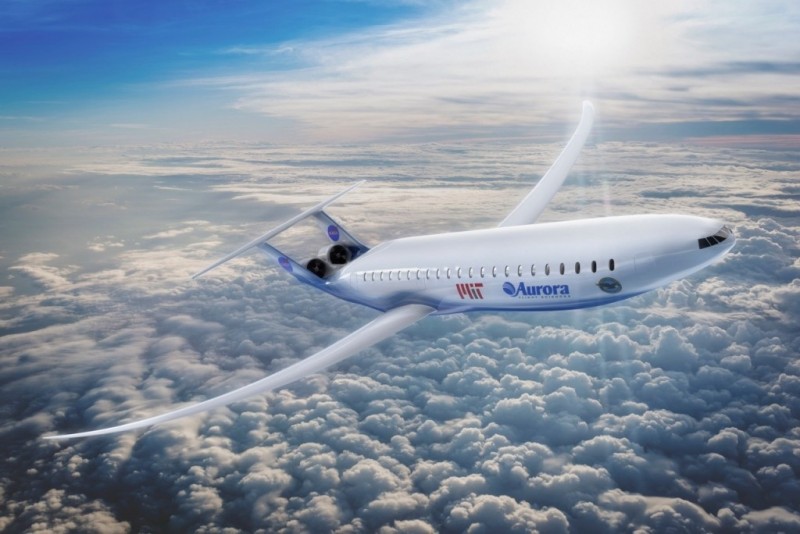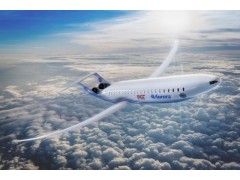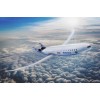
Program Overview
The D8 is a commercial aircraft concept that enables substantial efficiency improvements within the next decade. We have rethought and reconfigured every aspect of the air vehicle to maximize efficiency, minimize operating costs, and improve the passenger experience.
In 2008, Aurora Flight Sciences, the Massachusetts Institute of Technology (MIT) and Pratt & Whitney began an effort sponsored under NASA’s N+3 program to revolutionize how aircraft of the future will be designed. Through physics-based modeling across multiple engineering disciplines, our team identified configuration of the air vehicle as the single most important opportunity to achieve a significant breakthrough in energy efficiency and environmental impact. The result was a new aircraft configuration, known as the D8, which is capable of achieving significant reductions in community noise, emissions, and fuel burn. The D8 configuration has the potential of achieving a 71% reduction in fuel burn, a 60 EPNdB reduction in noise, and an 87% reduction in LTO NOx – all relative to a best-in-class Boeing 737-800 narrow-body aircraft.
The efficiency gains of the D8 are the result of a tightly integrated design approach, considering the air vehicle as a single, integrated system rather than an assembly of individual parts. For example, increased lift generated by the wide “double-bubble” fuselage means smaller wings are needed to carry the vehicle’s weight, resulting in less fuel to fly a given mission. When the engines are integrated into the back of the fuselage, thrust requirements are further reduced due to efficiencies from Boundary Layer Ingestion (BLI). This means that smaller engines can be used, which reduces weight, and hence fuel even further. This cycle of repeated optimization is what gives the D8 such groundbreaking efficiency, but it requires that all facets of the aircraft be designed together.
Thus far, our team has developed the D8 aircraft configuration, verified the benefits of the design analytically, and conducted a series of wind tunnel tests that validated analytical estimates. The next step to prove the benefits of the D8 aircraft configuration is to conduct flight research using a demonstrator capable of achieving actual flight conditions.





